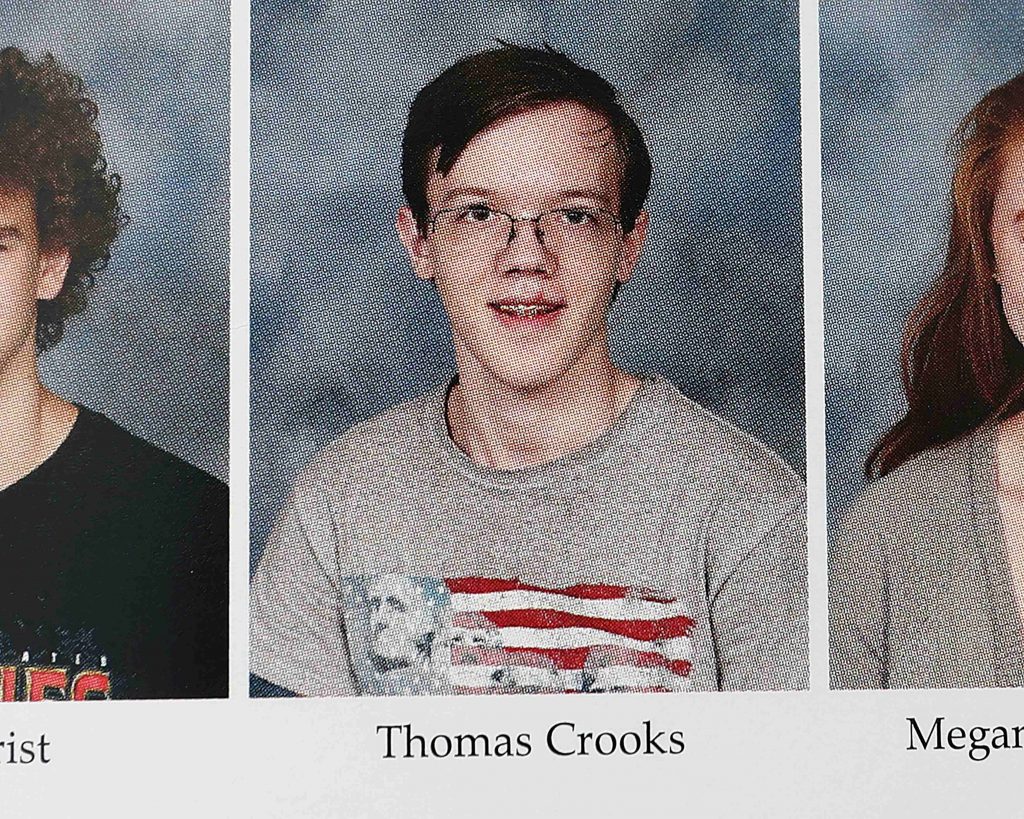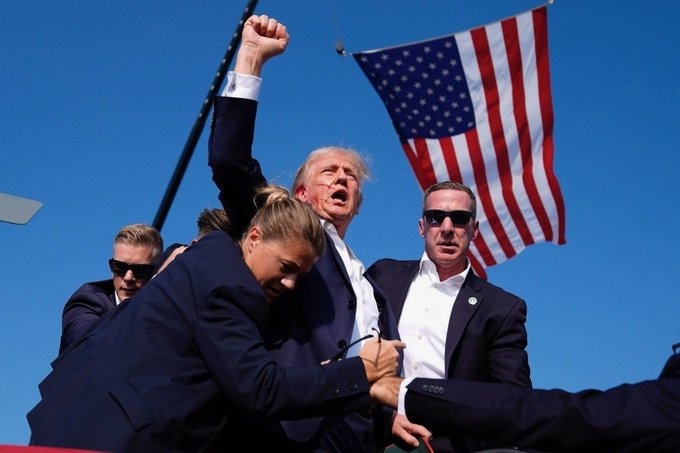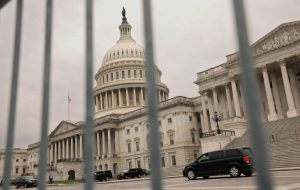WASHINGTON—The gunman who tried to kill former President Donald Trump searched Google a week before the shooting for “How far away was Oswald from Kennedy,” referring to the 1963 presidential assassination, the clearest indication yet that the 20-year-old had been plotting a similar attack.
Federal Bureau of Investigation Director Christopher Wray disclosed the gunman’s search at a congressional hearing Wednesday where he provided new glimpses into what led up to the July 13 shooting at a Trump campaign rally in western Pennsylvania.
“That’s a search that obviously is significant in terms of his state of mind,” Wray said during a congressional hearing. The gunman, Thomas Matthew Crooks, researched the Kennedy assassination on July 6, a search of his laptop revealed—around the time he registered to attend the rally.
“He was interested in public figures more broadly, and, I think this is important, starting somewhere around July 6 or so, he became very focused on former President Trump and this rally,” the FBI director said.
Multiple investigations are under way into how Crooks was able to open fire from the roof of a building roughly 400 feet away from where Trump spoke, killing one spectator, critically injuring two others and leaving the former president with a graze wound to the ear. A Secret Service sniper team shot back, killing him.
Crooks fired at least eight shots from an AR-15 rifle with a collapsible stock, Wray said, a feature that may explain why no witnesses reported seeing him carrying the weapon before the attack. He had purchased a ladder the same day as the shooting, but authorities haven’t found it, Wray said. They believe instead that he used mechanical equipment on the ground and piping on the side of the building to get on the roof.

A 2020 High School yearbook shows the photo of Thomas Matthew Crooks, named by the FBI as the “subject involved” in the attempted assassination of former U.S. President Donald Trump, in Bethel Park, Pennsylvania, U.S. July 14, 2024. REUTERS/Aaron Josefczyk
Searches of his cellphone and other electronics and interviews with hundreds of people paint only a murky portrait of a loner with few regular face-to-face contacts, the director said. He revealed that Crooks bought the rifle from his father, who kept 14 legally purchased firearms in the home they shared about an hour south of the rally site in Butler, Pa.
“It’s fair to say that we do not yet have a clear picture of his motive,” Wray said. “So far, we have not found any evidence of any accomplices or co-conspirators, foreign or domestic.”
Wray testified before the House Judiciary Committee on Wednesday, a day after Secret Service Director Kimberly Cheatle resigned in the wake of the agency’s most stunning failure since President Ronald Reagan was shot in 1981.
Crooks had been identified as suspicious more than an hour before the shooting, milling about with a range finder—which resembles binoculars that hunters use to measure distance to a target—and backpack. But officers ultimately lost sight of him, and the Secret Service allowed Trump to take the stage, even after agents had received several notifications of a person acting suspiciously.
Crooks started planning the attack well before the rally, Wray’s testimony made clear, including by visiting the site a week earlier and on the morning of the shooting. At about 4 p.m. that day, less than two hours before Trump was set to speak, Crooks was able to fly a drone over the vicinity for 11 minutes, Wray said, confirming a Wall Street Journal report about the drone last week. Crooks was likely livestreaming or viewing footage from the device as it was flying about 200 feet away from the stage. The FBI reconstructed the drone’s flight path, but didn’t recover any video or pictures from the device.
“We’re still trying to figure out exactly what he saw,” Wray said.
Investigators found the drone in his car, along with two “relatively crude” homemade bombs that appeared to be designed to be set off by remote control. Investigators found a transmitter on the gunman’s body but, “at the moment it looks to us like, because of the on-off position on the receivers, that if he had tried to detonate those devices from the roof it would not have worked.”



